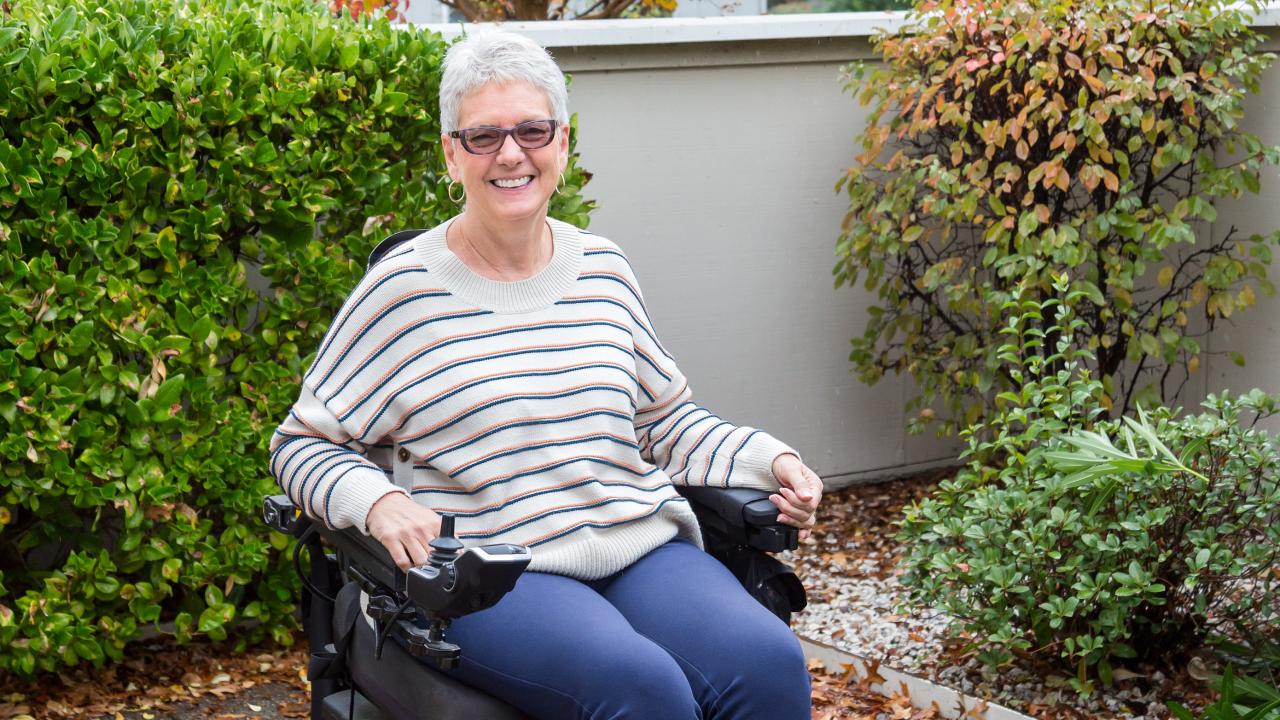Sudden deterioration of vision, sounds frightening to me. The good news is, quite often it comes back. The bad news is, sudden, but temporary vision loss may be an early sign of multiple sclerosis (MS). So even mild blurriness should be evaluated promptly.
Optic neuritis is a demyelinating inflammatory condition that affects mostly women 20 to 40 years old. Vision deteriorates strikingly over a period of hours to days and may continue to get worse for one to two weeks. Eye pain is common and feels worse with eye movement or touch. Loss of color vision may be more pronounced than loss of visual acuity in general. Typically, vision begins to improve after two to four weeks and improvements continue for a few months.
Intravenous methylprednisone (a steroid treatment) is beneficial, but surprisingly, oral prednisone makes the condition worse. The intravenous treatment speeds up recovery of vision and slows down the development of MS. Oral prednisone increases the risk of recurrent optic neuritis, for reasons that are not understood. The long-term vision recovery is the same with or without steroid treatment. More than two thirds of the patients recover 20/20 vision and only 3% suffer complete blindness.
Optical neuritis is a clinical diagnosis based on symptoms and eye examination. There are several types of visual conditions that mimic optic neuritis but do not have the risk of MS. These must be ruled out before the diagnosis is made.
1. Ischemic optic neuropathy is more common in patients over age 50, especially those with diabetes, high blood pressure, high cholesterol, obstructive sleep apnea or other vascular risk fastors;
2. Inflammatory optic neuropathies may be caused by infections such as syphilis or cat scratch disease, or by other inflammatory conditions such as sarcoidosis;
3. Compressive optic neuropathies may be caused by lesions, tumors, or thyroid disease;
4. Genetic causes include Leber optic neuropathy and Kjer autosomal-dominant optic atrophy; and
5. Toxic and metabolic causes include nutritional deficiency, tobacco, carbon monoxide, methanol, ethylene glycol, perchloroethylene and many prescription drugs.
The diagnosis of optic neuritis is a reason to do a MRI scan of the brain to check for multiple sclerosis. Immunomodulatory therapy may prevent MS for some and reduce future disability for others.
Reference:
Osborne BJ et al, “Optic neuritis and risk of MS: Differential diagnosis and management”, Cleveland Clinic Journal of Medicine 2009 Mar; 76(3): 181-191.
Linda Fugate is a scientist and writer in Austin, Texas. She has a Ph.D. in Physics and an M.S. in Macromolecular Science and Engineering. Her background includes academic and industrial research in materials science. She currently writes song lyrics and health articles.





Add a Comment2 Comments
Thank you for this information. I hope this site can help recruit patients in the 9-day time frame.
January 8, 2010 - 7:11amThis Comment
Linda,
I thought your readers would be interested in a clinical trial currently enrolling for AON. Currently, there are no options for AON treatment other than steroid administration. This debilitating disease burdens patients and families, and according to the National Multiple Sclerosis Society (NMSS), the first presentation of AON may predict the development of multiple sclerosis within 5 to 10 years in approximately 40% of cases.
There is a clinical trial currently enrolling participants called the OCTAGON trial, a Phase IIb clinical trial of glatiramer acetate in AON patients. AON is demyelination or inflammation of the optic nerve, the nerve that sends images from the retina to the brain. AON may cause a variety of symptoms that can vary from person to person, including blurry vision, vision graying/change in color saturation, loss of vision (usually in one eye) and pain in the eye.
The OCTAGON clinical study is a multi-center study to evaluate the effects of glatiramer acetate on the retinal nerve fiber layer (RNFL) in the back of the eye and visual function in people with a recent first episode of AON. The primary objective of the study is to determine whether glatiramer acetate reduces the amount of axonal loss in the optic nerve after a first event of AON. If you are between the ages of 18-45 years and have had your first episode of AON in one eye only you may be eligible to participate in the OCTAGON study. Time is of the essence, and you must be screened within nine days of your first AON event, so contact your doctor right away to see if you are eligible to participate in the study.
January 5, 2010 - 7:10amThis Comment